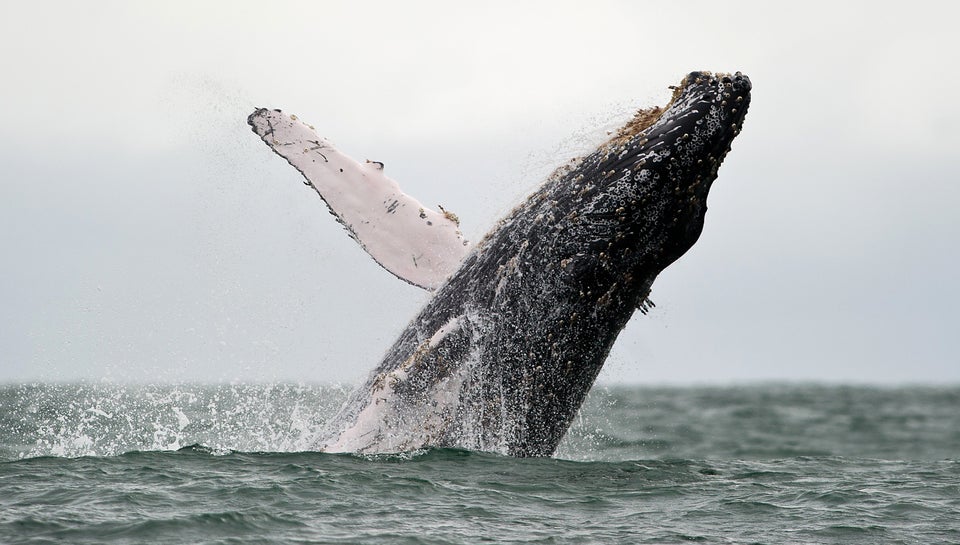Researchers who captured the rare moment when a blue whale decides to gobble up a patch of krill now hope their drone video will help them better understand the largest animal on Earth.
Scientists at Oregon State University observed the feeding off the coast of New Zealand and recorded the moment that a blue whale opened its maw to engulf a cloud of krill, the animals’ primary food source.
“This is something we often see from the boat ... with the drone we were able to get this remarkable new perspective,” Leigh Torres, a marine spatial ecologist at Oregon State, said in the video. “Here we see the animal recognize that there’s a big krill patch, he ... turns on his side, pumps his flukes, opens his mouth and lunges right for it. It’s just an amazing sequence of events.”
Torres said the clip shed new light on how and why blue whales decide to feed. The mammoth creature requires a large amount of energy just to open up its mouth while swimming through the ocean.
“Every time a blue whale opens its mouth it’s like putting on the brakes, so these animals have to make decisions about what’s worth opening their mouths for,” she said.
Another clip in the video shows a whale approaching a similar patch of krill and, deciding against the meal, instead swimming straight through it.
Blue whales have been classified as endangered since 1964 when the International Union for Conservation of Nature first released its Red List of threatened species. Although blue whales have recovered in some areas, total populations have “been depleted by at least 70 percent, and possibly as much as 90 percent over the last three generations.”
Ongoing laws like the Marine Mammal Protection Act have helped to spur conservation, yet the creatures are still threatened by human development, even in remote areas. Shipping routes and fossil fuel exploration have all posed threats to seasonal migrations, breeding and feeding.

“Amongst all of that activity, these animals need to be able to find their food and feed efficiently,” Torres said. “So the more we know about how they’re finding food and what makes good food for them, it will help us be able to manage their population and make sure that human activities aren’t impacting them too much.”
